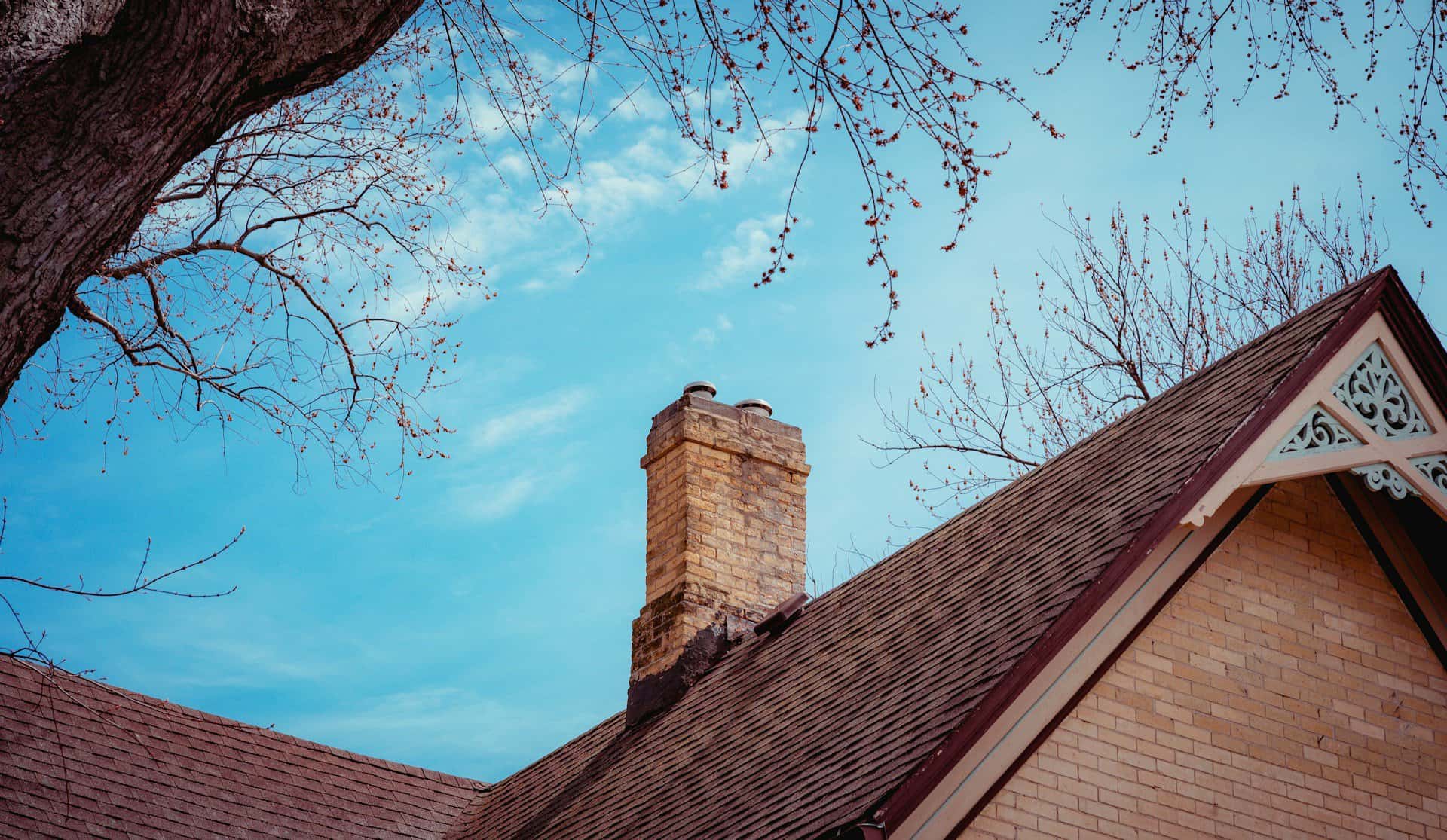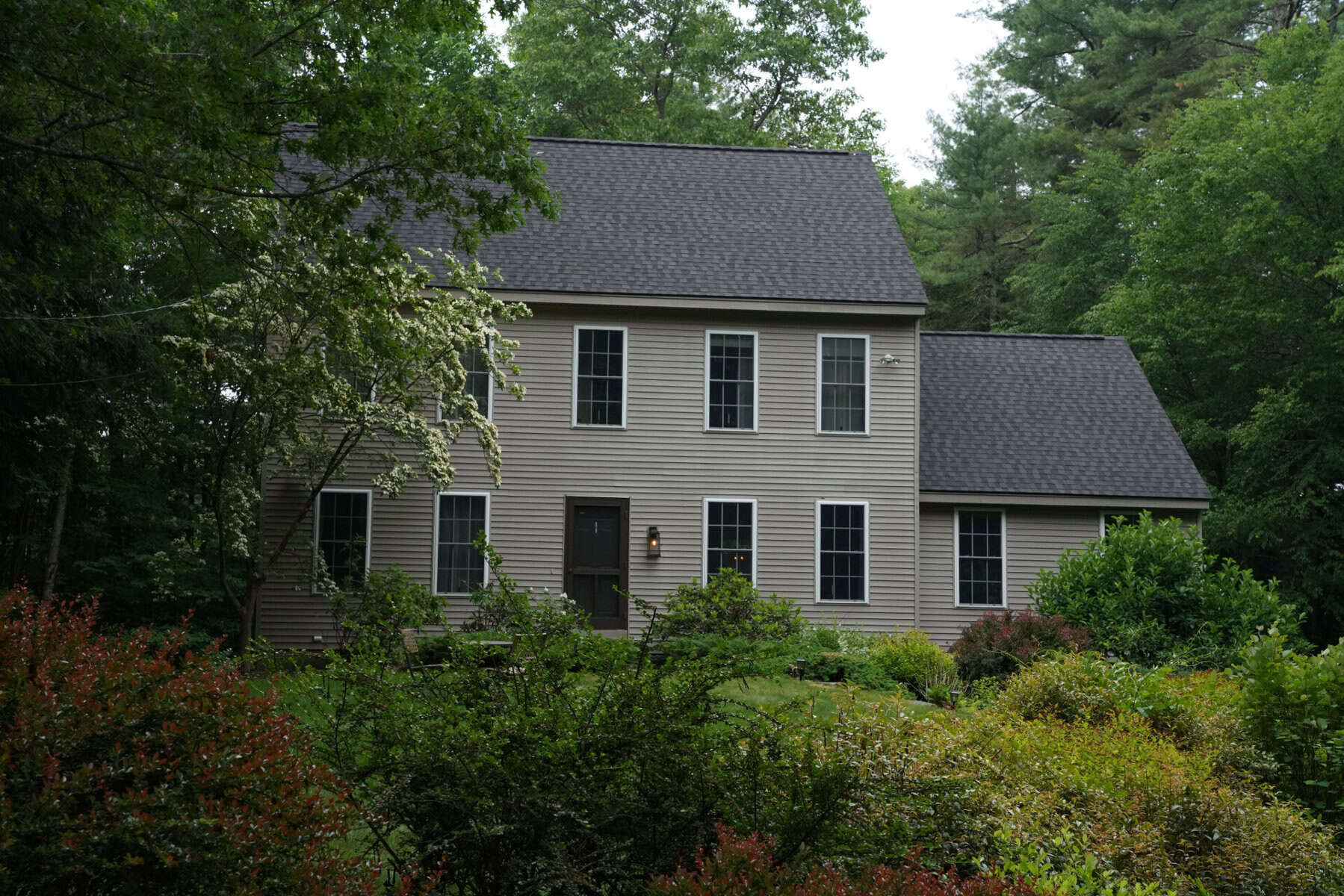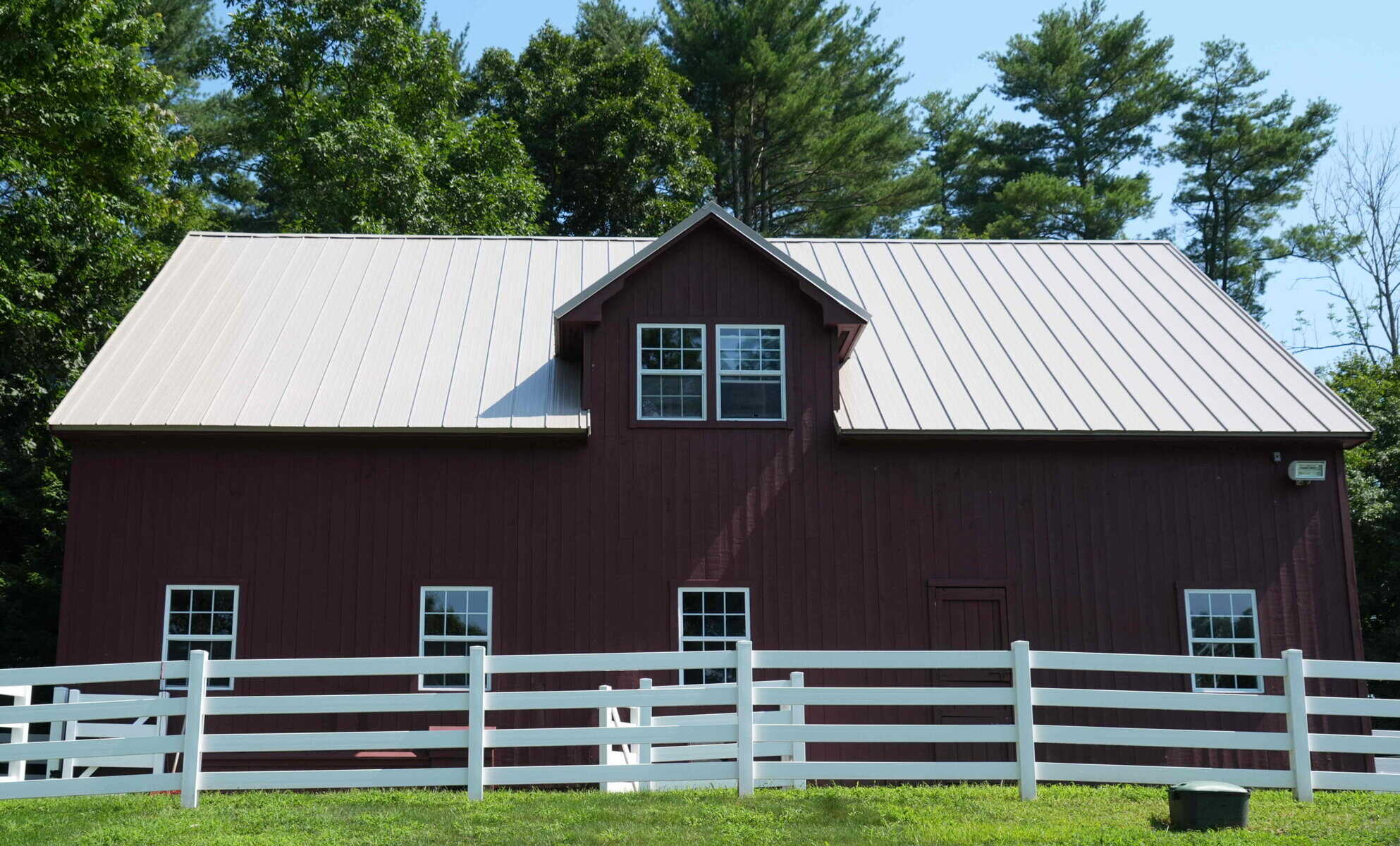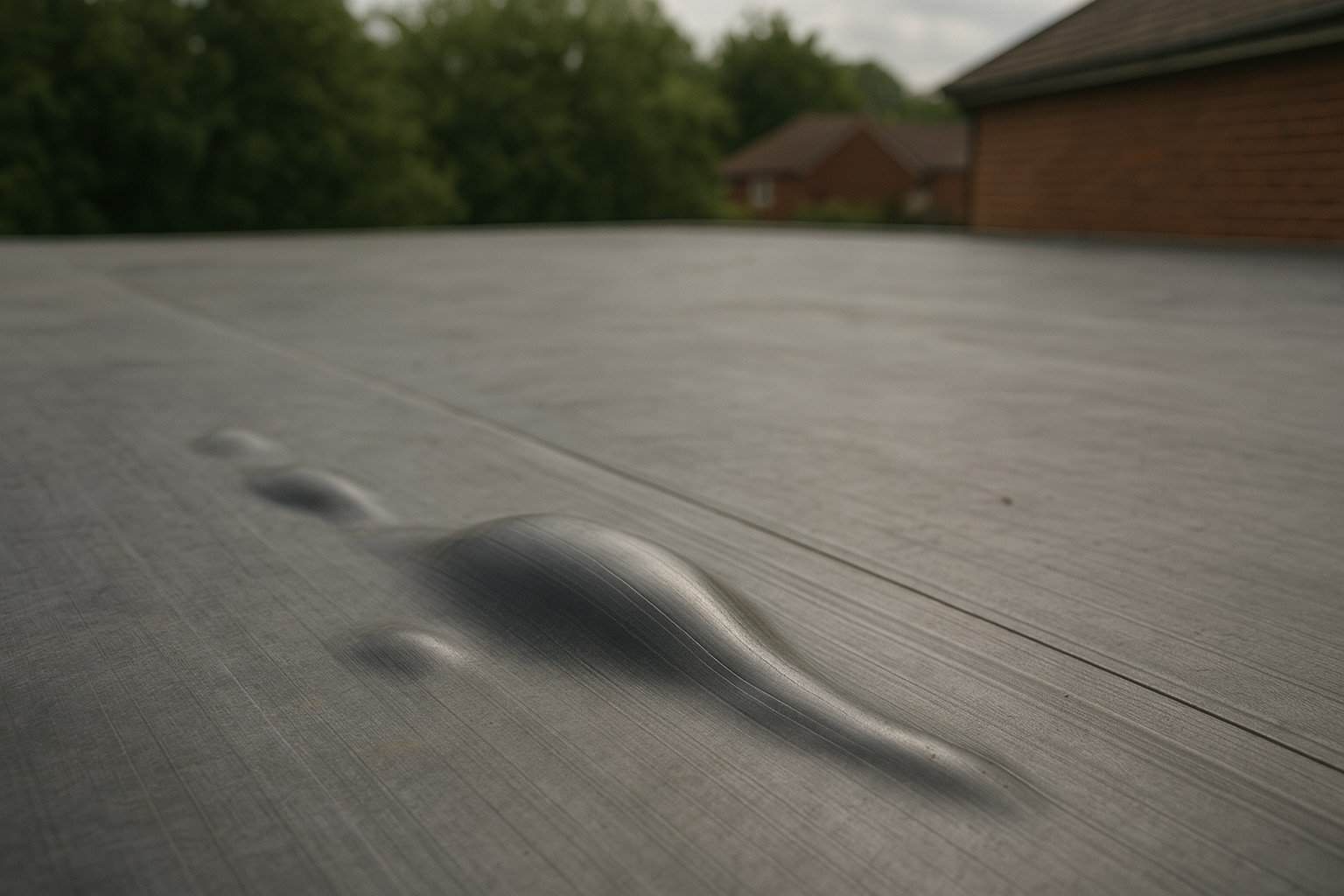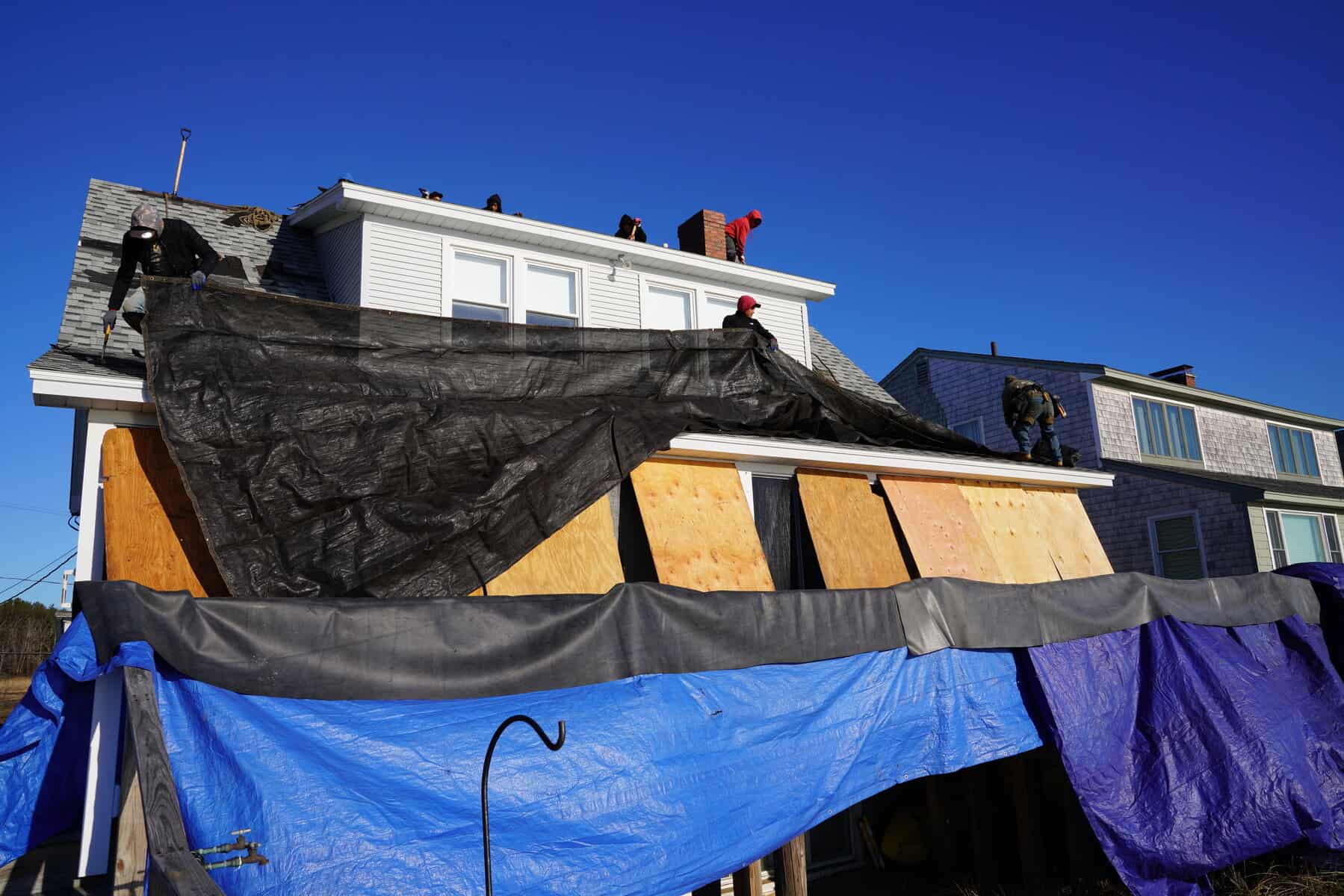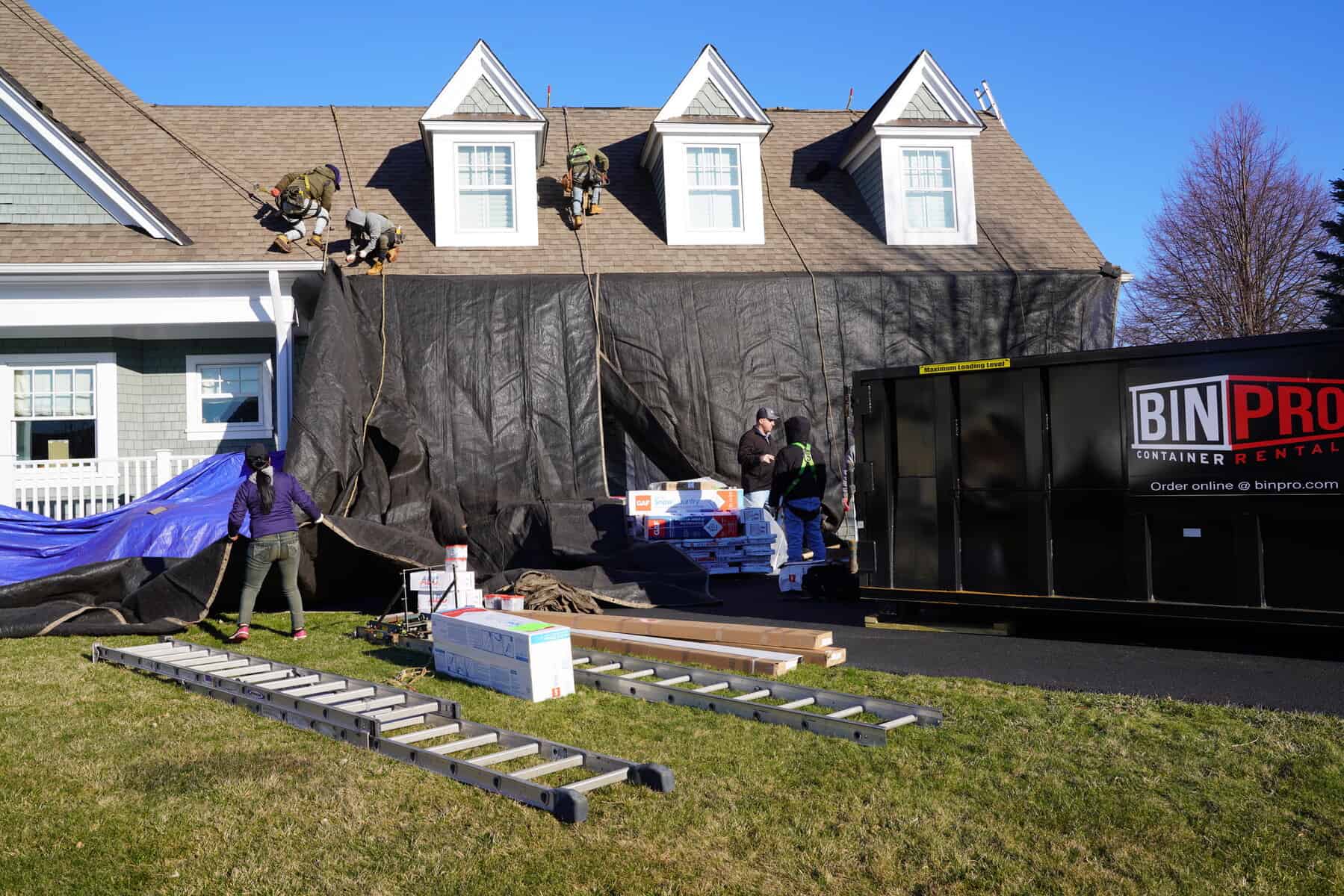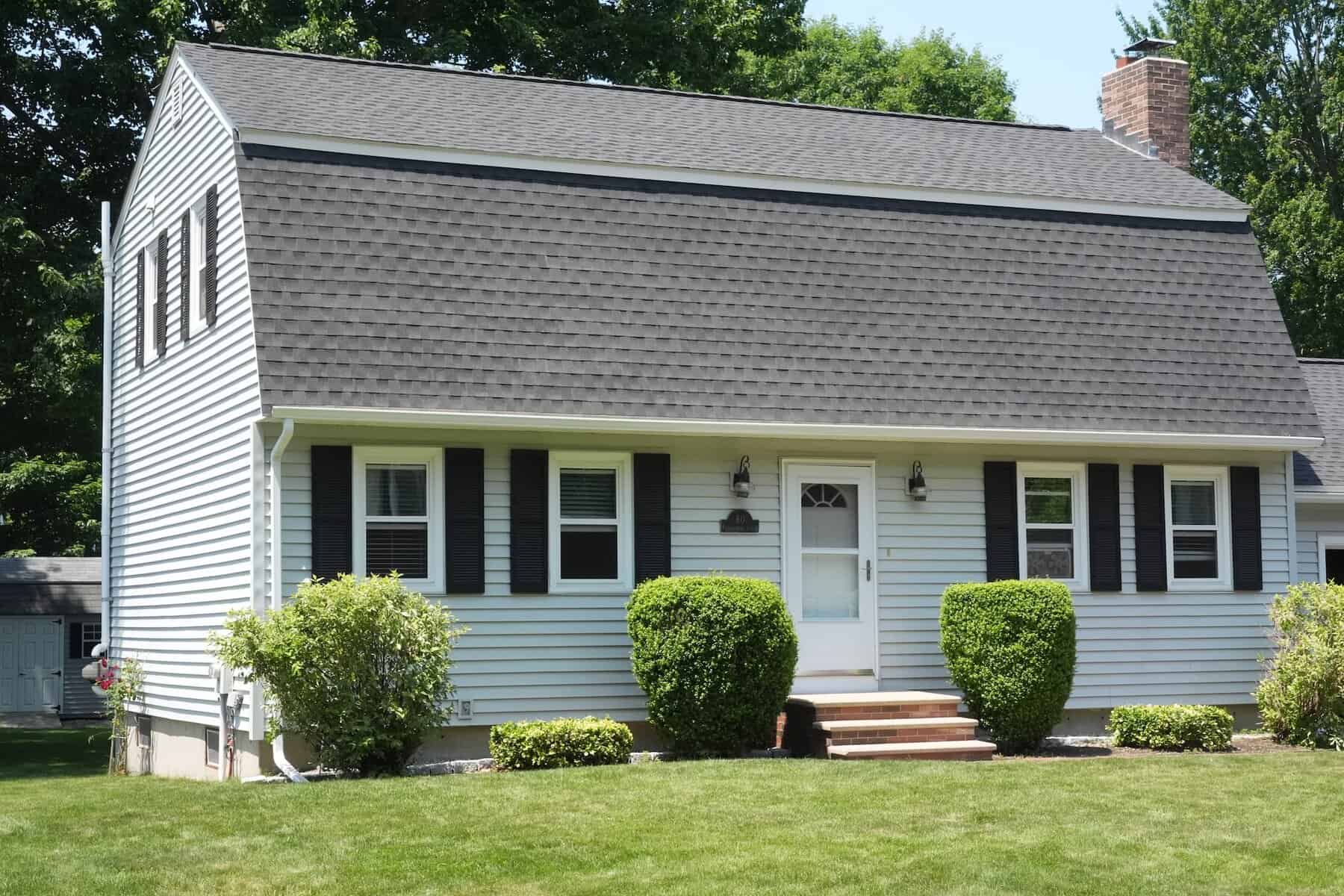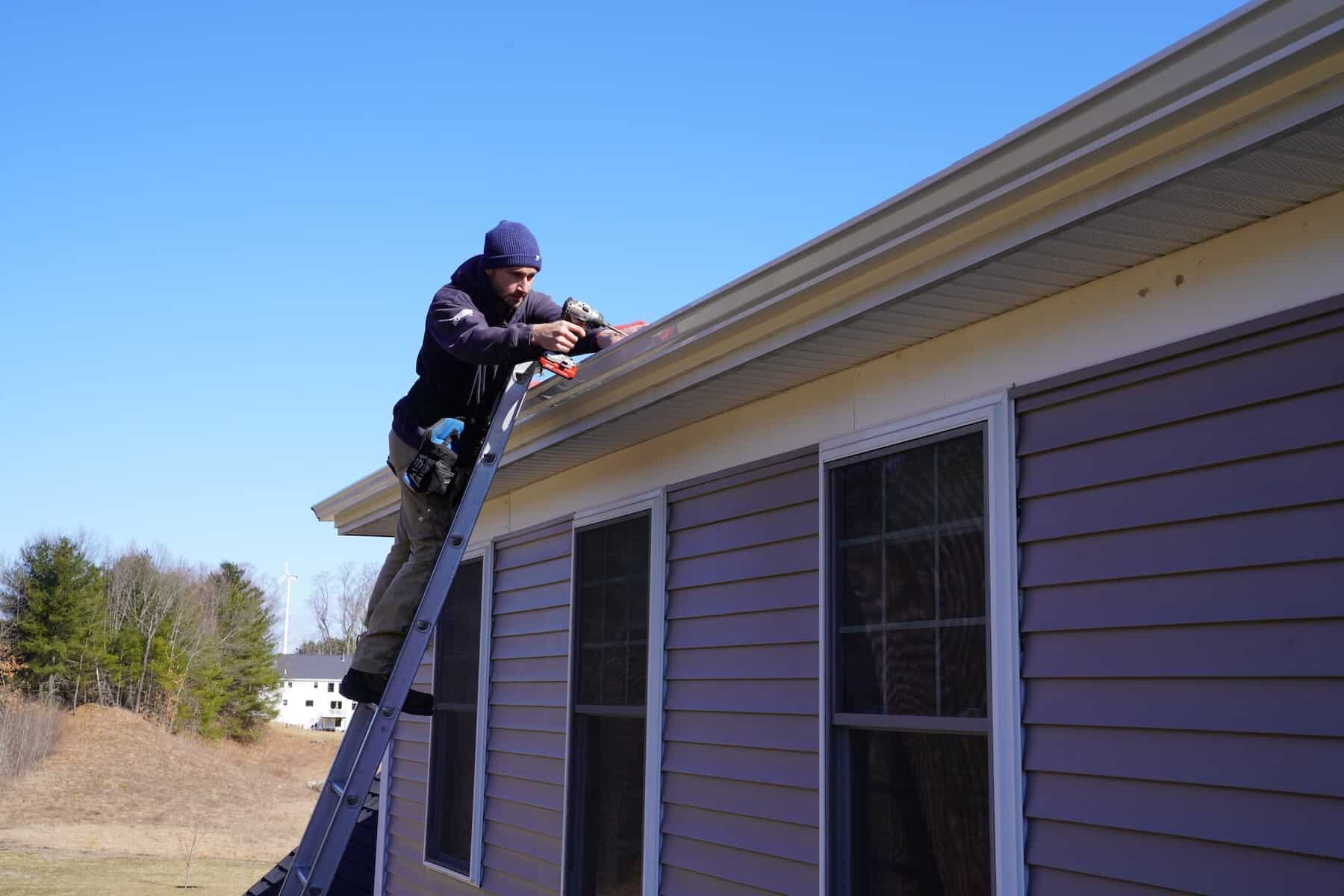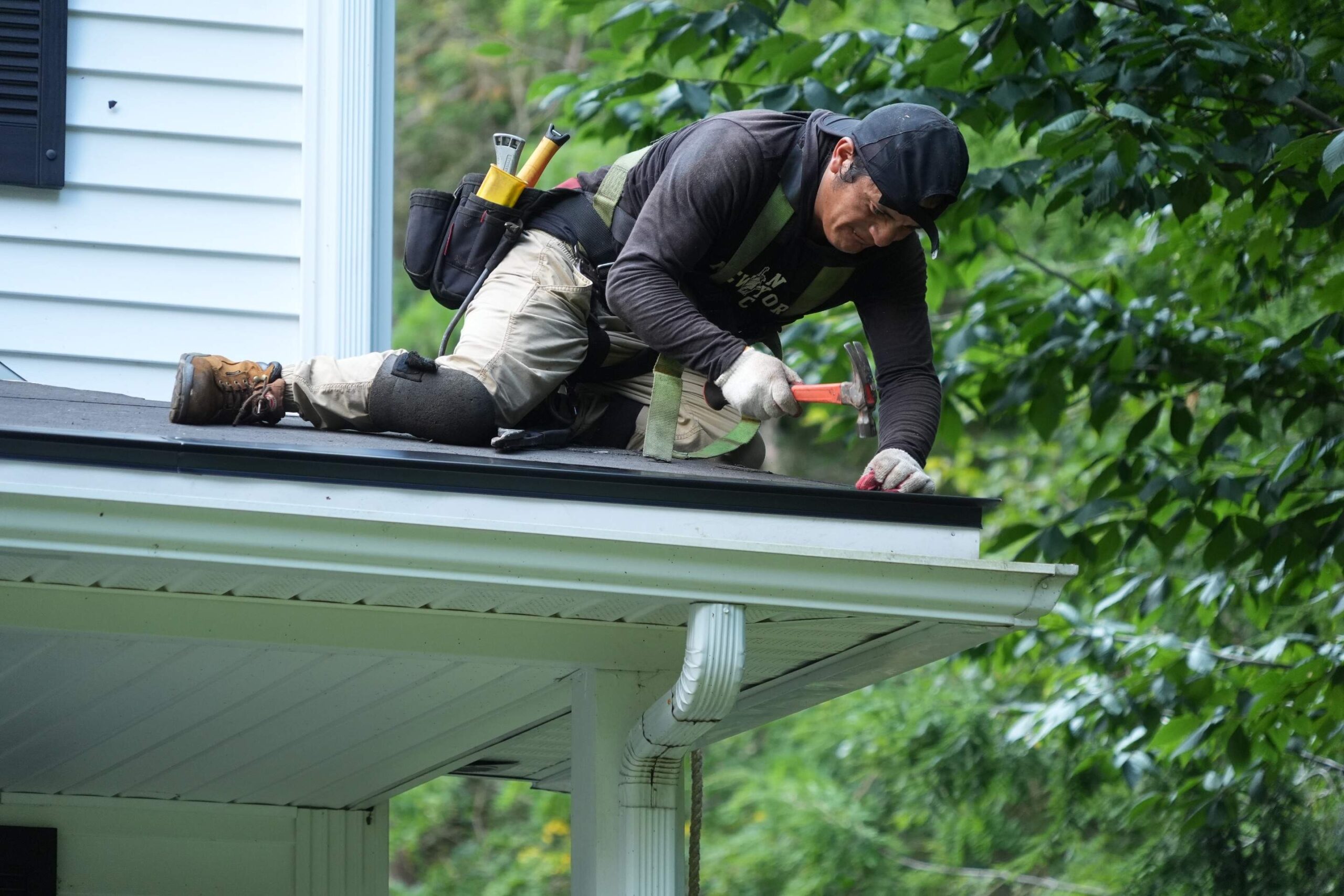Roof issues are never fun to deal with, but some sneak up on homeowners more quietly than others. One of the most common and easy-to-miss problems is loose flashing, especially around chimneys. Flashing is supposed to keep water out of places where the roof surface changes, such as where the chimney connects to the roof. When it stops doing its job, water can start creeping in, causing trouble that isn’t always obvious at first.
In a place like Epping, where the weather can be tough on roofs throughout the year, loose flashing can go from a small issue to a major problem fast. Whether it’s summer storms or winter’s freeze-thaw cycles, the shifts in climate wear down parts of your roof over time. That’s why it’s important to know the signs and understand how this one section of your roof can lead to unexpected leaks and damage.
Understanding Loose Flashing
Flashing is thin material, usually metal, installed to direct water away from areas where the roof surface meets a vertical surface like a wall or chimney. Chimneys, in particular, need solid flashing all around their base because of how easily water can sneak into those seams. When installed correctly, the flashing keeps water from dripping down into the roof deck or the home’s structure.
Over time, flashing can shift or crack, especially if the roof has gone through strong wind, heavy rain, or ice build-up. In some cases, the flashing may have been poorly installed or was never sealed the right way to begin with. In others, the metal loosens as the roof structure expands and contracts during seasonal changes. Animals looking for shelter might even pull it up, creating entry points for water that can go unnoticed for weeks.
In Epping, where older chimneys are common and the seasons are unpredictable, it doesn’t take long for flashing to loosen. If your home has a brick chimney, the mortar can also deteriorate, giving water another way in. A small shift in the flashing can quickly lead to moisture slipping beneath shingles and soaking into the wooden layers below.
Signs Of Loose Flashing
Even if you don’t regularly check your roof, there are a few warning signs that point to problems with chimney flashing. Loose or damaged flashing often shows up in more ways than just a visible gap outside. In many cases, the signs come from inside the house, so it helps to know what to look for.
Watch out for:
– Water stains or spots on ceilings near the chimney
– Discolored patches or bubbling paint on walls in the same area
– A musty smell in the attic, chimney area, or along nearby walls
– Pieces of flashing found on the ground after a storm
– Dark streaks on the chimney bricks just below the roofline
You might also notice shingles lifting near the chimney or drooping where flashing has failed to do its job. If it rains and you hear dripping sounds coming from inside the walls or ceiling, loose flashing could be the culprit. These signs often mean water has already worked its way under the roofing materials and is finding its way inside.
Catching these issues early makes all the difference. It’s easy to patch a spot or reseal flashing before deeper damage takes hold. Ignoring it, even for a few weeks, can turn a small job into something that takes longer to fix and costs more too.
Risks Of Ignoring Loose Flashing
When flashing around your chimney comes loose and you ignore it, things can start to go downhill fast. Moisture will usually find the weakest point on your roof, and once it gets through the outer layers, it doesn’t stop. What might begin as a small leak can turn into rotted decking, damaged insulation, or stains across the ceiling inside your home. The longer water seeps in, the more it spreads into wood, drywall, and insulation.
Wet areas trapped inside walls or under roofing materials also raise the risk for mold and mildew. These can grow without being seen and stick around long after the original leak is sealed. That’s especially true in Epping, where high humidity in the summer and snowmelt in the winter feed moisture into the roof structure.
Loose flashing might also result in:
– The chimney structure weakening due to trapped water and rot
– Interior paint and drywall bubbling and peeling
– Increased wear on neighboring shingles as water runs where it shouldn’t
– Gutter overflow problems if water isn’t properly redirected
Even newer homes in Epping aren’t safe from this. Flashing problems can show up early if they weren’t addressed properly during installation. Weather here keeps your roof working hard year-round, which means these small breakdowns happen more frequently than you might expect.
Solutions For Loose Flashing Problems
When chimney flashing starts to pull loose, it’s best to call a roofing expert in Epping for a close inspection. A pro can see where the flashing has failed and whether it needs to be reattached, resealed, or replaced. Often, it’s not just about replacing the metal. You need someone who will check underneath and around the area to be sure there’s no hidden water damage already in motion.
Handled early, flashing problems don’t take long to fix. Waiting, though, can lead to more than a repair. Water can reach your attic, insulation, or even the electrical system buried in your ceiling. That’s why hiring someone with experience is key. They’ll know what to look for and will make sure the problem isn’t bigger than it looks from the outside.
Other reasons to stay proactive with chimney flashing include:
– Fewer surprises during roofing inspections or home sales
– Better control over moisture inside the attic
– Longer roof lifespan by stopping water from weakening the structure
– Peace of mind every time it storms in Epping
Late summer is a good time to take care of flashing troubles. The weather is usually dry, and sealants can set properly. Taking care of issues now helps you get ahead of fall rains and the snowy months that follow.
Your Epping Roof Deserves Attention Before It Gets Worse
Loose chimney flashing might seem like a small issue, but around here, small roofing problems can grow fast. With Epping’s changing temperatures and harsh storms, you don’t want any openings in your roof’s protection lingering too long. A single broken strip of flashing can be all it takes for water to get in and cause damage that spreads further than you’d expect.
If your home shows signs of leaks or your chimney flashing looks off, now’s the time to deal with it. Getting it checked brings peace of mind and helps avoid bigger headaches before winter shows up again. Don’t let one overlooked area turn into the reason you’re chasing water stains through your home. Give your roof the care it needs while there’s still time to fix things without a rush.
If you’re noticing signs of damage near your chimney, don’t wait for it to turn into a larger issue. For dependable help with roof repairs in Epping, reach out to J. Carnes & Son Roofing. We’ll make sure your home stays dry, secure, and ready for whatever the weather brings.

